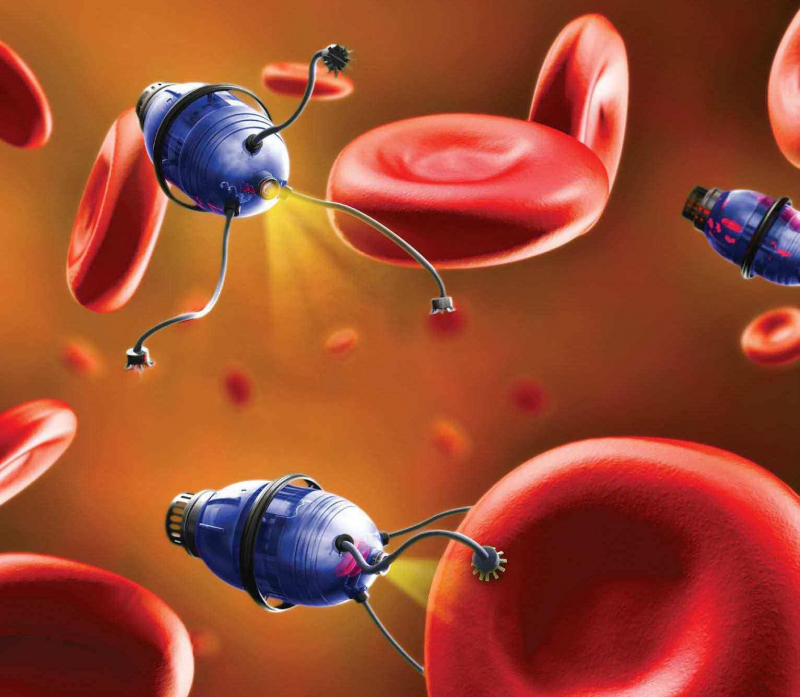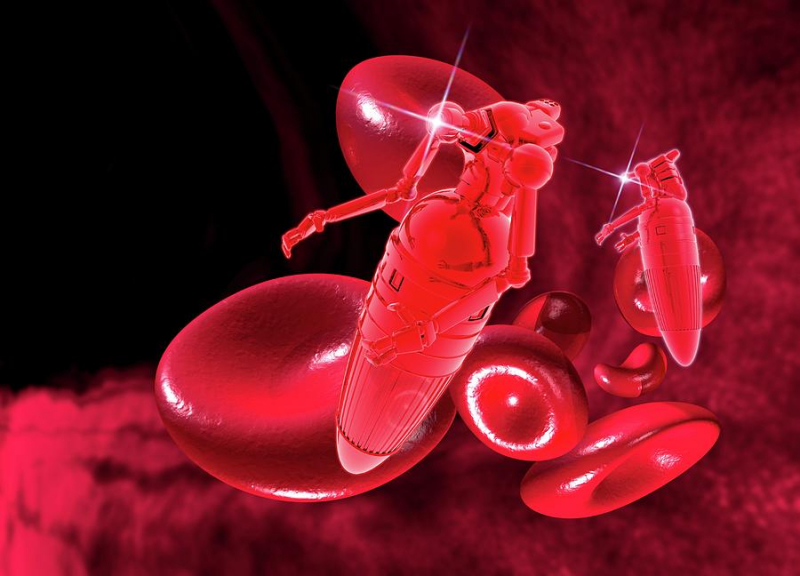Nanobots
Nanobots, or tiny robots that can do any task, have appeared in a variety of science fiction works. However, until recently, it was virtually hard to create something similar. The earliest models of potential future nanobots are already in existence thanks to recent developments in theoretical sciences and nanotechnology.
Molecular machines and nanomotors have been tried, although most nanomachines are still in the research and development stage. One example is a sensor that can count particular molecules in a chemical sample and has a switch that is around 1.5 nanometers across. The field of nanomedicine may see the first practical uses for nanomachines.
For instance, cancer cells could be recognised and eliminated by biological machines. The detection of harmful substances and the assessment of their quantities in the environment are two more possible applications. A single-molecule vehicle with wheels made of Buckminsterfullerenes (buckyballs) has been demonstrated by Rice University. It is activated by adjusting the temperature of the surrounding area and by positioning the tip of a scanning tunnelling microscope.
These little devices have many applications in medicine, as might be expected. University of California San Diego researchers have created nanobots that have the potential to remove infections and poisons from the bloodstream. Another researcher from the University of New South Wales discovered a way to teach these robots to mend themselves using DNA, obfuscating the distinction between artificially created life and living organs.












